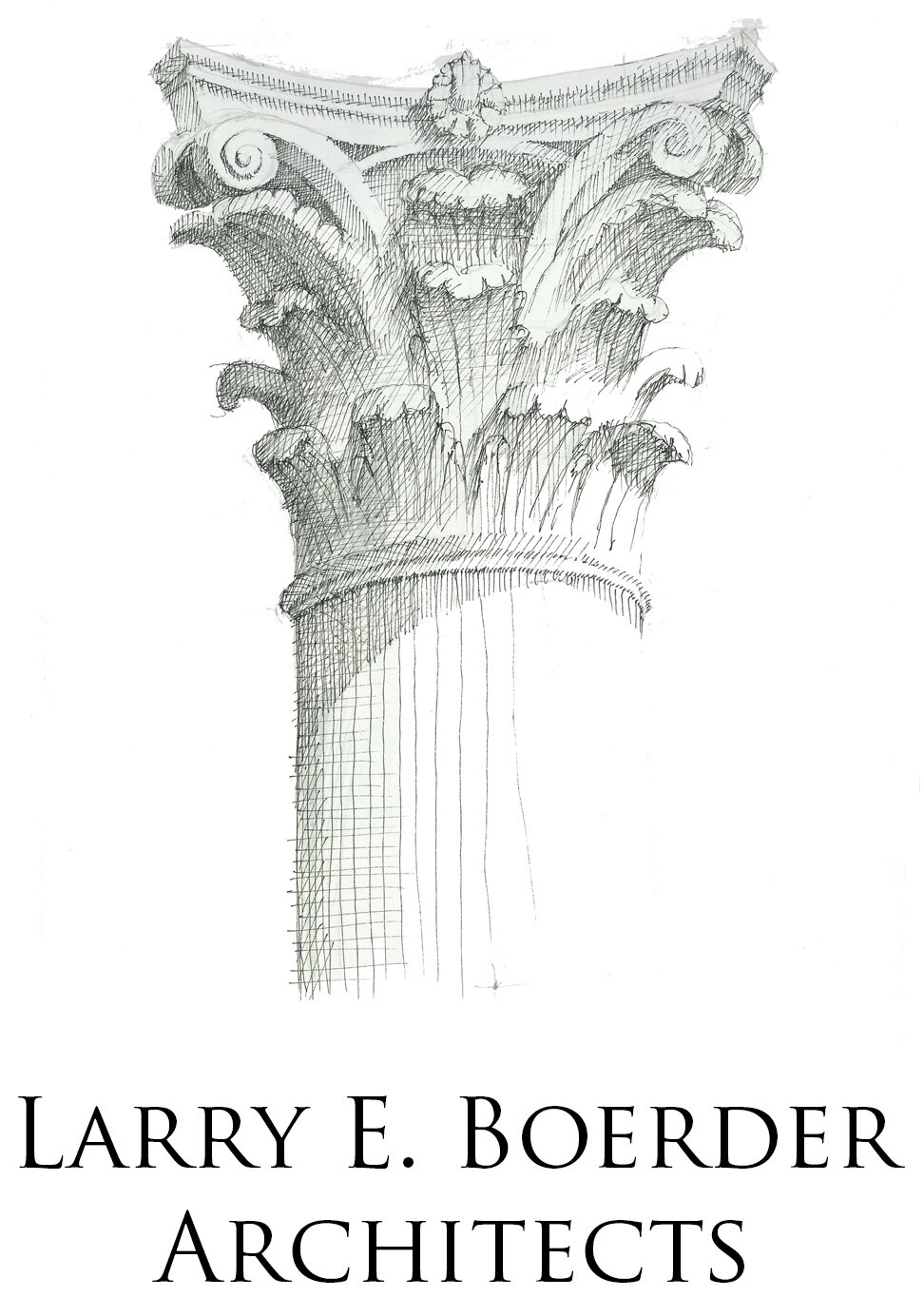The Front Porch: A Stage for Community
A few years ago, I chaired a design competition jointly hosted by the Institute of Classical Art and Architecture and Habitat for Humanity. Along with all the usual criteria attached to home design, the floorplans were also required to include a front porch. Now, you may be wondering… “A porch? In Texas heat? Who would want to sit outside?!” In actuality, however, the porch is an incredibly useful component and a feature which enriches a community.
One of the proposed home designs by architect Sam Lima
As mentioned in my earlier blog post “A Place in the Shade,” roof overhangs (like hats) provide a structure’s ultimate protection from the elements. In keeping with that original blog post’s analogy, the porch allows the roof overhang to act as a true sombrero. I’m sure many of us have experienced the relief of putting on a large brimmed hat on a hot day. The extended brim not only shields the wearer from the sun but also in turn cools the air around one’s head. Similarly, the extended roof required for a porch acts as a buffer zone by tempering the outside environment (rain, sleet, snow, or heat) before reaching the completely insulated home. In turn, the home benefits from indirect rather than direct exposure to the elements. The results? The resident usually finds their heating and cooling bills significantly reduced and rest easier knowing their carbon footprint slightly diminished.
Growing up in the fifties and sixties, I remember the watchful eye of the older neighbors as they sat on their front porches taking in the cooler twilight air. Running up and down the street with playmates, we knew any misbehavior might be reported to our parents. Similarly, my parents felt safe with such oversight. The watchful community ensured a sense of safety through collective vigilance. However, the advent of air conditioning and attached rear garages changed such neighborly behavior. New designs and technology meant a homeowner could drive straight into the attached, rear garage, close the door, and never break a sweat upon entering an air-conditioned home. In turn, the helpful, albeit voyeuristic eyes of the neighborhood turned inward. In tandem with these changes, crime and theft escalated in the seventies and eighties. As it turns out, those gossipy, yet observant grannies had a power to prevent crime perhaps more potent than subsequent alarm systems. The front porch engendered neighborly participation and thus bolstered a sense of community.
When conceiving the design parameters for the Habitat for Humanity/ ICAA competition, the panel of judges sought the insight and opinion of the future home’s community as well as the local chapter of Habitat for Humanity. Aside from basic residential design elements, what should the new home feature? The addition of a porch was encouraged with resounding gusto. What better way to encourage a sense of community than by creating a platform upon which such communal encounters might occur? What better way to support the environment than by building a home which visibly reduces carbon footprint? All in all, the porch is where the home’s family meets and interacts with the community at large.
My support of the porch is not necessarily a new idea. Increasingly both architects and academics are keen to point out the important role a porch plays both for the environment and the community. An article in this month’s issue of Texas Observer ends by noting the importance the porch plays as acting like a “gesture of welcome” for neighborly interaction.
Let us all seek to encourage the design of a neighborhood’s communal stage.





